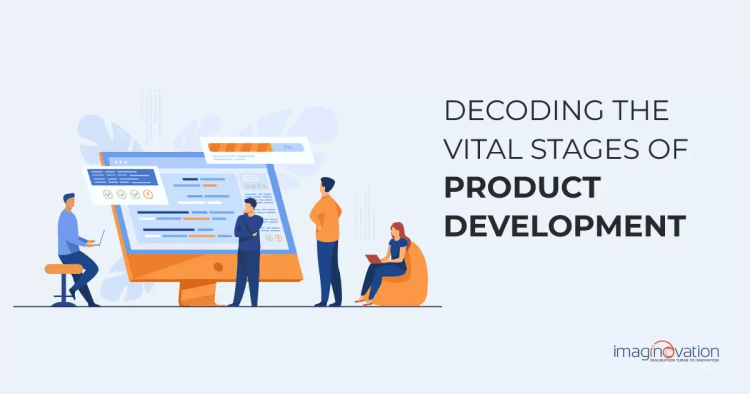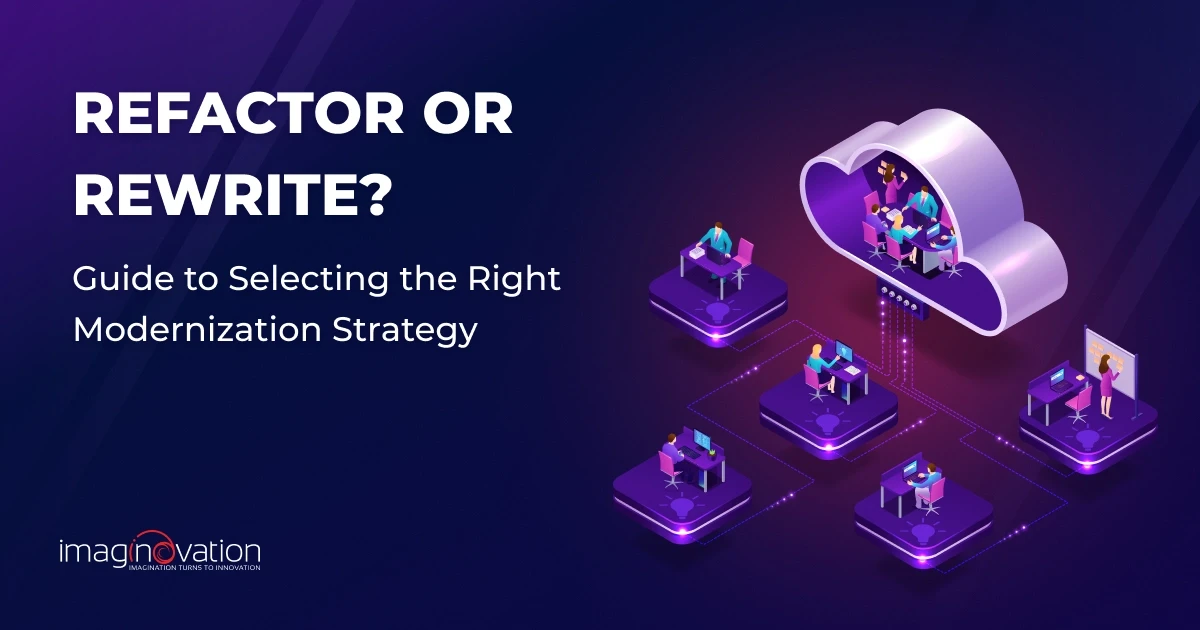Creating and selling a product is difficult, no matter if it's software, a shoe, or cutting-edge equipment.
Going in blind is a guarantee of failure, and a way to overcome that is to have a plan, a strategy, and to stick to a process. That's what this blog post is all about.
Below, you can read about the essential stages of developing a product with a couple of examples that will help you in the product development process.
What is Product Development?
It is the process of creating a new product or service. It typically involves ideation, market research, prototyping, and testing. The goal here is to bring a new product or service to market that solves a problem or meets a need.
The product development process is the backbone of any business. It is a process by which a company takes an idea and turns it into a viable product.
The standard benefits of following the process of developing a product are:
- Increased innovation
- Improved customer satisfaction
- Enhanced competitiveness
- The ability to bring new products and services to market quickly
- The opportunity to solve problems and meet needs that others have not addressed
- The satisfaction of seeing your idea become a reality
Why is the Product Development Process Important?
It's significant because it allows businesses to bring new products and services to market.
This process can help businesses gain a competitive advantage by addressing unmet needs or problems that others have not solved.
Additionally, properly developing a product leads to increased customer satisfaction by providing them with new, innovative products and services.
What are The 7 Stages of Product Development?
We know what product development is and why it is important, now let’s take a look at the seven stages of product development:
1. Ideation
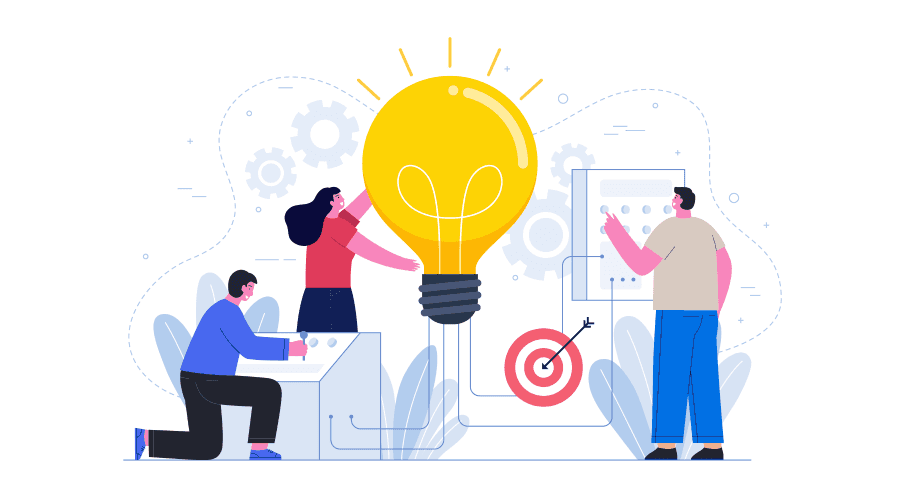
Ideation is the process of generating, developing, and communicating new ideas. It is a key component of the process, as it helps to generate new ideas and solutions that can be used to improve existing products or create entirely new ones.
Ideation can take many forms, from brainstorming sessions and creative problem-solving to more structured methods such as design thinking. The aim is always to generate new ideas that can be developed further.
There are many benefits to ideation, including:
- Allowing for greater creativity and innovation
- Encouraging different ways of thinking
- Helping to solve complex problems
- Generating new ideas and solutions
Ideation is an important part of the entire product development process, as it helps to create new products that are innovative and fit the needs of customers. It is a key tool for businesses to stay competitive in today’s marketplace.
2. Idea Screening
So in the first stage, we created a list of a bunch of different ideas, and now in this stage, we choose only one idea which has the highest potential for success.
So basically, Idea screening is the process of filtering through ideas to find which ones are worth pursuing. It is an evaluation of an idea for its feasibility, with the intention of determining if it's worth investing more time and money into.
There are many criteria to consider when evaluating an idea, like whether it is compatible with the company's long-term business plan and direction.
In most cases. it is determined by three primary factors i.e. return on investment, affordability, and product market potential.
3. Concept Development
Concept development is the process of creating and refining ideas for new products or services. It involves generating, evaluating, and testing concepts with potential customers or users to see if they are feasible and desirable.
It aims to identify a promising concept that can be further developed into a successful product or service. Concept development typically happens early in the process, after market research has been conducted and before any prototype or beta version is created.
Concept development also helps businesses save time and money by identifying potential problems with a concept before they are too far into the development process.
There are several methods that can be used for concept development, such as brainstorming, market research, and customer surveys.
Brainstorming is an excellent way to generate ideas for new products or services. Market research can help businesses to understand customer needs and desires, and customer surveys can provide feedback on concept feasibility and desirability.
The benefits of concept development include:
- Allowing businesses to test out ideas before investing too much time and money into them
- Helping businesses save time and money by identifying potential problems with a concept early on
- Generating new ideas for products or services
- Helping businesses to understand customer needs and desires
- Providing feedback on concept feasibility and desirability
Concept development is an important step in the process that can help businesses to save time and money, generate new ideas, and understand customer needs.
4. Business Analysis
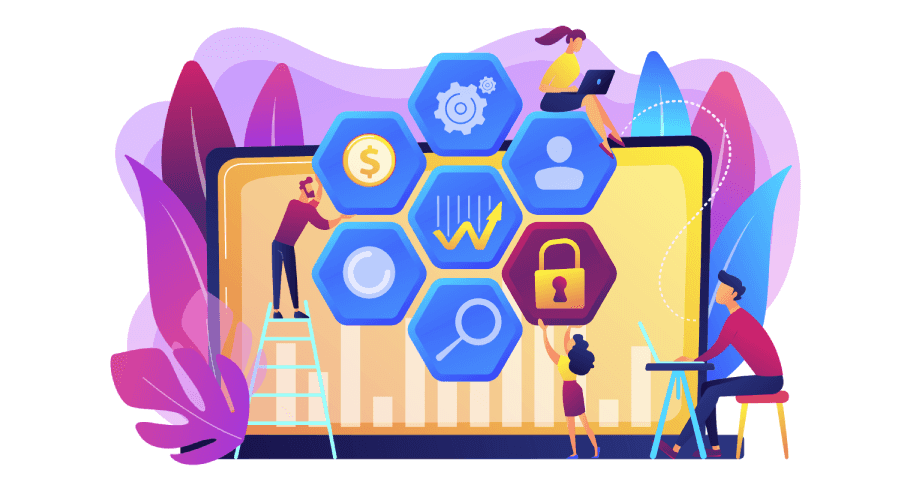
Business analysis is a process used to identify business needs and requirements. It includes documenting, analyzing, and communicating these needs and requirements to stakeholders.
Business analysts play a vital role in developing a product by ensuring that the designed products or services meet the ultimate needs of the businesses.
There are many benefits to using business analysis in developing a product. The two most important ones are:
- Meeting requirements and needs
- Improved communication between departments
Perhaps the most obvious benefit is that it can help to ensure that products or services are developed that meet the needs of businesses and their customers. This can help save time and money in the long run and improve customer satisfaction.
In addition, business analysis can help to improve communication between different stakeholders involved in developing a product, such as developers, business owners, and customers. This can lead to a more efficient and effective development process overall.
5. Prototyping
Prototyping is a key stage in product development, where designers create models or prototypes of their products to test and refine before moving on to full-scale production.
Prototyping has many benefits, including reducing risk, improving communication between team members, and getting feedback from potential customers early on in the development process.
Prototyping also allows designers to experiment with different materials and manufacturing processes to find the best solution for their products.
The final outcome of this stage is MVP i.e. minimum viable product, it is a product with just enough features to satisfy early adopters.
6. Product Design and Development
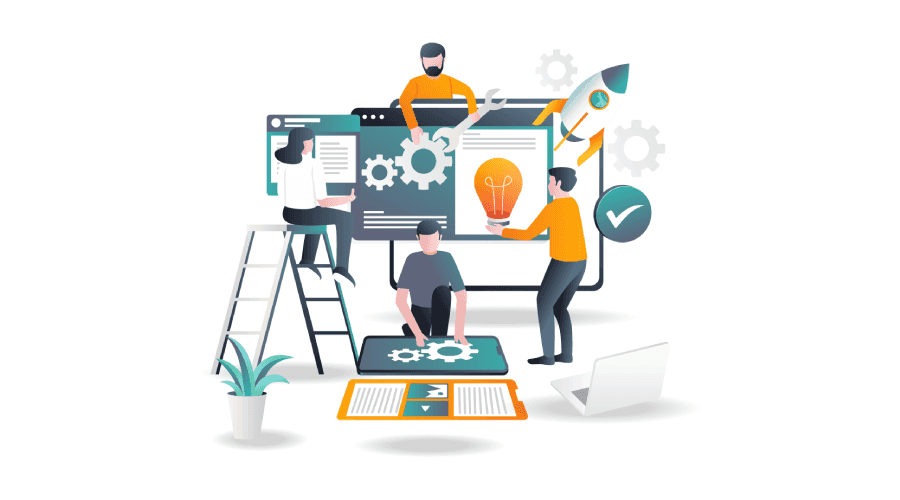
We now come to the most challenging but also the most rewarding part – product design and development.
It is the process of creating a new product or service. It involves research, design, development, and testing. This stage aims to create a product or service that meets the needs of the customer.
This stage is important because it helps to ensure that the final product can meet the customer's needs. It also allows for the development of a new line of add-on products or features that can be used to improve the overall customer experience.
There are many different aspects to product design and development, but some of the most important include:
- User experience: This is the process of designing a product or service so that it is easy and enjoyable for the user to use. This includes things like making sure the buttons are easy to press, or the product is easy to understand.
- Functionality: This is the process of ensuring that a product or service does what it is supposed to do. It includes testing product functionality to ensure they work correctly or ensuring that a service can meet the customer's needs.
- Aesthetics: This is the process of making sure that a product or service looks good. It includes choosing the right colors or making sure the product is symmetrical.
7. Marketing
The final stage of developing a product is marketing and promotion. This is when the product is finally made available to consumers and when companies begin to generate interest and awareness about the product through advertising and other means.
There are many different aspects to marketing and promotion, but one of the essential elements is creating a strong and positive image for the product. This involves developing favorable press coverage, creating attractive and eye-catching packaging, and ensuring that the product is presented in the best possible light.
Another key element of marketing is pricing the product correctly. This involves conducting market research to determine what consumers are willing to pay for the development and then setting a price that will allow the company to make a profit while still being competitive.
Finally, marketing also involves developing a distribution strategy. This involves figuring out where and how the product will be sold and making sure that it is available in the places where potential customers are most likely to look for it.
Real-World Examples of Successful Product Development
Now let's talk about some real-world examples of product development strategies.
1. Figma
Figma is a design tool that was created by one of the founders of Facebook’s Paper. Soon after its launch, Figma quickly became one of the most popular web-based tools for interactive design.
Figma offers more than just apps, icons, and logos. It offers a complete suite to work with files in a simple and collaborative manner.
Its mission is to make design accessible to more people and help them bring their creativity to life. They’ve shown this by continuously adding new product features over a period of time.
2. Uber
Uber is one of the world's most successful ride-sharing service provider companies. that wasn’t always the case. They started with a proper product development strategy that made them into the innovative company they are today.
Uber’s strategy began by solving a gap in the existing taxi industry: creating an easier ride-hailing process with simplified payment processing. But they didn’t stop there: they continued to innovate their product portfolio by developing ride tiers ranging from luxury to budget-friendly.
Develop a Mind-blowing Product with Imaginovation
If you want to build a product that solves a problem and are unsure where to start, get in touch with us today.
Let us do all the heavy lifting for you. We can walk you through these stages of research to design and development.
Imaginovation is an award-winning product development company with vast experience crafting remarkable digital success stories for diverse companies.
Let's talk.
Ready to build an app, but not sure where to start?
We've got you covered. Click the button below to get started.

